Field Recording Equipment for Beginners (Quick-Start Guide)
Beginning field recording can be overwhelming. Learn what you need and what you don’t in this article!
Hello and welcome to field recording! I’m glad that you are interested in this new hobby and I want to help you get started as quickly and as easily as possible.
I’m mainly writing this guide because field recording is not a friendly hobby for the beginner. That’s because most people don’t have prior experience with microphones or audio equipment. This can make the gear selection process overwhelming, difficult, and may even prevent you from getting started in the first place.
If this sounds like you, don’t worry. I also had zero experience as a beginner and I am going to share what I learned with you to help you get started on the right foot.
Field recording isn’t all about the gear, but there are certainly some mandatory pieces of equipment. This article will walk you through the field recording essentials and other accessories.
Links on this page are affiliated with Sovrn and Amazon Associates networks.
The Essentials
Two pieces of gear fall under the essentials category: field recorder and wind protection. The field recorder is an obvious necessity but wind protection is less so.
Field recorder microphones are extremely sensitive to wind and without wind protection, your recording will be heavily distorted. For that reason, I’ve put “wind protection” on the essentials list.
Although you can record without wind protection, it is only possible under controlled situations.
Since field recording is all about capturing sounds outside of a recording studio environment, we never have full control over the environment so wind protection is needed for a good recording.
Field Recorder
Before I get to my recommendation, I think it is important to understand a few things about field recorders before purchasing one.
Self-noise is the most important thing to consider when purchasing a field recorder. Self-noise is a measure of the the static hissing sound that electronic devices produce simply by being powered-on.
All electronic devices produce this noise but it is usually not a problem…unless that device is a field recorder. In field recorders, the internal hissing sound is added to your audio signal and can be audible in your recorded file.
Self-noise is undesirable because it takes the focus off your intended subject. Because of this, you want to get the lowest self-noise field recorder in your budget.
To read more about self noise and field recorders, check out the article: Field Recorder Buyers Guide 101.
Best Field Recorder for Beginners: Zoom H1n
The Zoom H1n is the best entry-level field recorder on the market.
The Zoom H1n is the best field recorder to get started with because it records really high-quality audio, has very low self-noise, and is one of the cheapest field recorders on the market.
At around $100, the only competitor is the Tascam DR-05x and the H1n blows the Tascam out of the water (trust me, I’ve owned and reviewed both).
For that matter, the Zoom H1n out competes several other recorders costing much more and offers the highest sound quality of any field recorder under $279.
At $279 is the Zoom H5 which is a considerable upgrade over the H1n in terms of sound-quality and features. If you’re planning on sticking with field recording and your budget allows for it, the H5 is your best bet.
The only downside to the H1n is its cheap build quality and no included wind protection.
Below are some real-world recordings straight out of the H1n (no post-processing). These files show off the H1n’s ability to record quiet sounds with almost zero self-noise.
Click here to read my full review on the H1n and to listen to more audio samples.
Related Article: Best Handheld Field Recorder (First-Time Buyers Guide)
Wind Protection
Rycote makes the best wind protection products hands-down.
As previously mentioned, wind protection will be necessary for most field recording situations. Although the H1n doesn’t come with any, there are a couple options available.
The best wind protection for the H1n is the Rycote Mini Windjammer. Not only is it made specifically for the H1n, ensuring a perfect fit, Rycote is also the leading manufacturer for wind protection.
Features that make the Mini Windjammer superior include:
long and dense synthetic fur fibers
internal layer of acoustic foam
silicon gel strip for secure grip on your H1n
Best Budget Option: ChromLives Wind Muff
The ChromLives Wind Muff is the best budget-friendly option for protecting your H1n from the wind.
It is made to fit the H1, but is compatible with the H1n. The H1n is 6mm wider than the H1, so the fit will be extra snug (probably a good thing since this wind muff lacks the silicon grip of the Rycote Windjammer).
RELATED: Windscreens For Portable Recorders
Recommended Accessories
With your field recorder equipped with wind protection, you are ready to start recording. Those are the only mandatory pieces of gear.
The following items on this list are recording accessories that I strongly recommend for your consideration. These pieces of field recording equipment will help to make your recordings better and your life easier. For those reasons, they are worth the investment if your budget allows.
Headphones
Being able to hear what your microphones are recording is invaluable in field recording.
Questions like: “Which way should I point my microphones?”, “Should I use a lo-cut filter?”, and “Is my wind protection enough?” can all be answered by using headphones.
Headphone Benefits:
fine-tune placement — headphones allow you to get your microphones in the perfect position that balances the left and right channel audio in a pleasing sonic image. If this balance is off, you’ll find yourself wanting to turn your head when listening at home.
proper lo-cut filter — setting your lo-cut too high will make your recording sound unnatural and dead. Setting it too low can make your recording very annoying with too much rumble. If you have multiple settings for your lo-cut filter, how will you know which one to choose? For that matter, should you even turn it on, or leave it off? The answer is by using your headphones to listen to each option and selecting your favorite from there.
wind protection — when you’re in the field, it can be difficult to know if any wind is leaking through your protection and causing subtle distortions. Having a pair of headphones to check this makes deciding to add more protection simple.
Best Over-Ear Headphone: Audio Technica ATH-M50x
For a beginner, gear that can serve multiple purposes will save you money and simplify things. The ATH-M50x headphones from Audio Technica fit that description and you can use them out in the field and at home in the studio.
Their high-quality construction, ability to fold, and detachable cable make them easy to pack in a bag and durable for travel.
When your listening to your recordings at home, you’ll appreciate their accurate sound reproduction. Because of their accuracy, audiophiles and engineers also use these headphones.
Lastly, the M50x headphones provide good passive noise-cancellation so you can monitor your recording in the field more accurately. This will help you when positioning microphones and for balancing left and right channel audio.
The ATH-M50x headphones are well-suited for use in the field and in the studio.
Ultra-Portable/Budget Headphone: Sony MDR-XB50AP
If you want a cheaper option, or you are planning on doing a log of traveling/hiking while field recording, I recommend the MDR-XB50AP from Sony.
I have owned these headphones for over a year and they are my go-to for the field. They sound good, have great passive noise-cancellation, and are small enough to fit anywhere.
Before I go out, I simply tuck these into my soft field recorder case and I’m off.
If you don’t have a good spot for these, checkout this nice case from Pelican for just $12.
Tripod
Recording sounds in the field will force you to adapt to many different scenarios. Having a tripod will give you the adaptability to be successful in almost any situation.
Beyond that, tripods are really easy to use. Simply mount your field recorder directly to the tripod and that’s it! The H1n and most other portable field recorders have a 1/4” socket on the bottom that connects directly to any tripod.
Tripod Benefits:
peace of mind — worrying about the integrity of your setup is stressful and doesn’t make for an enjoyable outing. When using a quality tripod, you can relax knowing that your equipment is in good hands and focus on your work. Use your mind for what’s really important: location, composition, mic placement, channel balance, gain, etc.
stability — tripod design focuses on stability first and features second. This stability prevents vibrations caused by wind and low-frequency sounds from being transferred to your recorder. This helps you to record clearer audio.
any terrain — when out in the field, we never know exactly where we are going to setup our gear. The area may be uneven, steep or even underwater! Having a tripod keeps all these options open thanks to its individually adjustable legs.
any height — having a tripod will allow you to record anywhere from a few inches to 5+ feet above the ground. With this range of height, you can capture detailed, up-close audio from almost any source.
no handling noise — handheld recorders are highly sensitive to the noise created by you holding the recorder. Using a tripod will completely eliminate this annoyance. As an added bonus, you can monitor your recording from far away. This means that other bodily noises like stomach gurgles, swallowing and breathing won’t be recorded either. Breathe a silent sigh of relief!
Best Entry-Level Tripod: Manfrotto Compact Light
The Compact Light from Manfrotto covers all the basic tripod features in an affordable model made by one of the best brands.
The Manfrotto Compact Light is a no-frills tripod, perfect for the beginner.
Its lack of fancy features keeps the price low while still delivering a quality tripod by the best brand in the business.
Built from aluminum, the Compact Light is durable and holds up against bumps and scrapes.
It is fairly compact and very lightweight, making it good for travel and hiking.
What I Like:
Durable construction
Lightweight
Affordable
What I Don’t:
Only 1 leg position
No foam leg covers
No quick release plate
Related Article: Best Tripod For Field Recording
Audio Logbook
Field Notes is a customizable audio logbook for recording your settings and notes for up to 116 tracks.
Having a dedicated logbook for keeping track of your settings and for taking notes can help improve your recordings fast!
Too many times, I have come home from a field recording trip and have forgotten critical information about the sounds I’ve recorded. Where was this recorded? What were my settings? Did I use a high-pass filter? Sometimes I don’t even know what I am listening to!
To solve these problems, I spent 6 months designing and testing prototype logbooks until I was happy with the results.
After all that hard work, I’m proud to present to you, Field Notes, a 60-page logbook for recordings details for 116 tracks.
Logbook Benefits:
it helps you learn
it creates repeatable results
it helps you create great metadata
Each copy of Field Notes holds details for 116 individual tracks. Entry details include file name, date, location, time, recorder, gain, mics, lo-cut, and a lined section for any additional notes (environment settings, species, type of sfx, etc.)
Click here for more details and to learn how to customize your copy. Click below to see all cover design options.
Final Thoughts
I hope the process of starting field recording as a beginner seems less daunting to you now. I wish that I had known this information before I started, it would have saved me a lot of money and frustration.
In this article, we simplified field recording into 5 categories. If you would like to learn more detailed information about any category, click below to read an article specifically on the subject.
Remember, if you wish to simplify things further, only a field recorder with wind protection is necessary to begin capturing great recordings!
Support Acoustic Nature
If you enjoyed this post and would like to help support Acoustic Nature, please consider "buying me a coffee" or becoming a Patreon with the buttons below.
As a thank you for your support, Patreon supporters receive a copy of Field Recording For Beginners, exclusive access to the full Behind The Sounds video series, nature sound library downloads, and more.
If you are unable to support the site financially, please share this post with others, or leave a comment below letting me know you enjoyed this post! Both are free and help the website grow. Thank you ♫
Thanks for reading,
-Jared





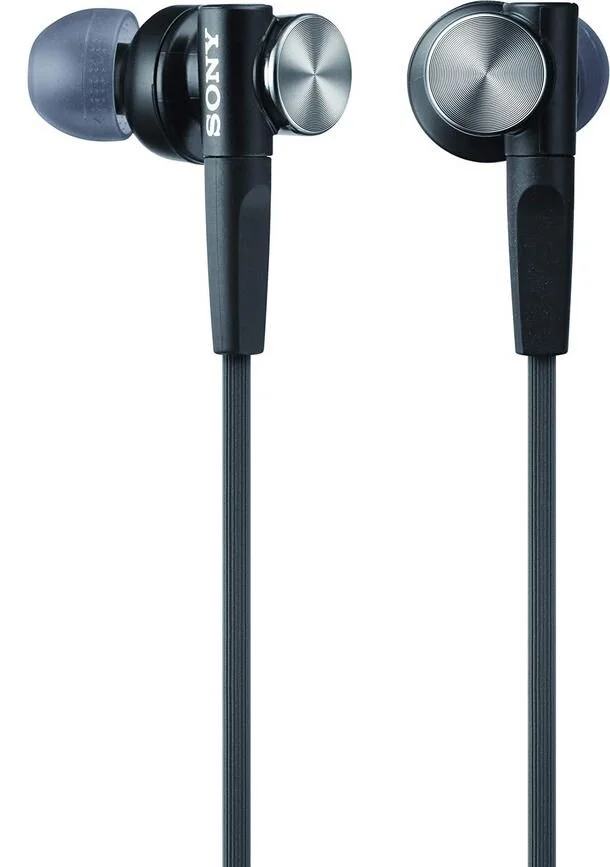
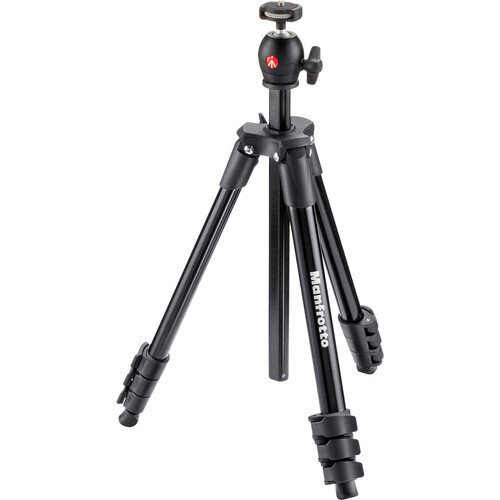
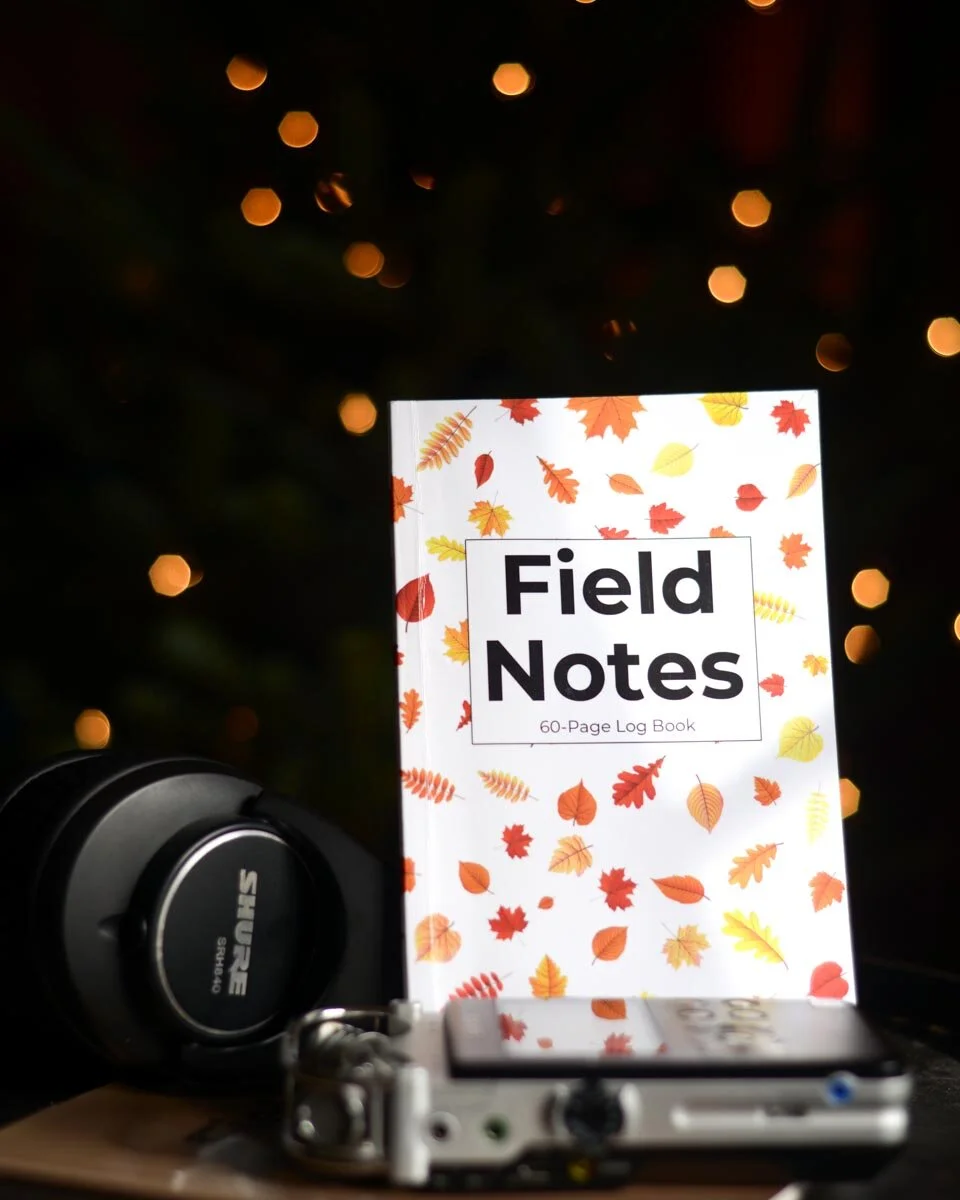

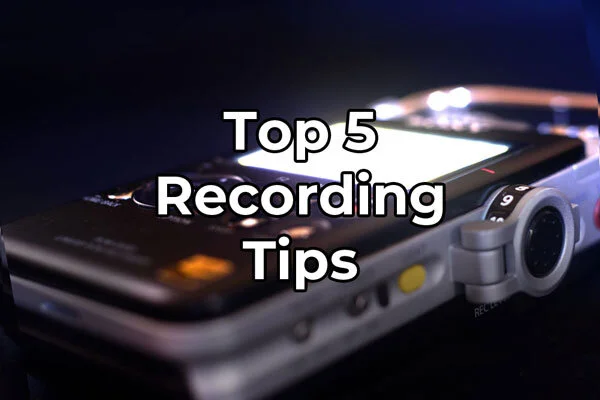
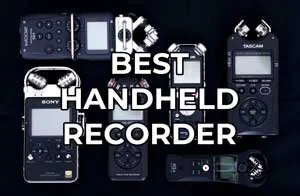









Join me on a field recording trip to the Congaree National Forest where I record the sounds of the nation’s largest old growth bottomland forest.